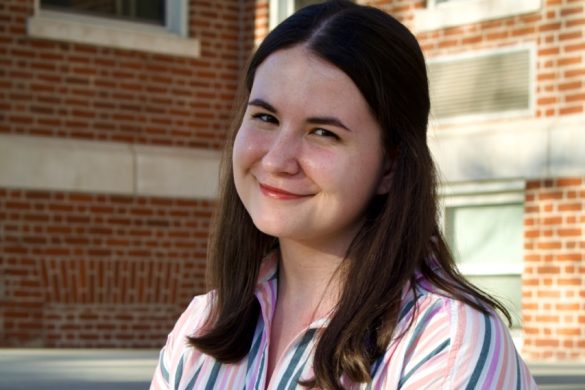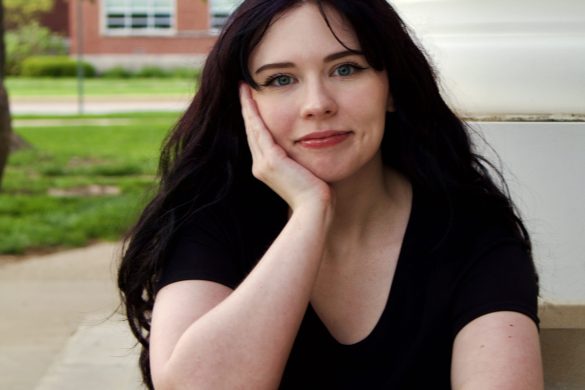Trigger warnings and safe spaces have become a much-discussed topic of college student culture as covered in the media. With a seeming increase in political correctness across college campuses in recent years, trigger warnings and safe spaces seemed an inevitable path.
Some people may not know exactly what a trigger warning is, so here is the dictionary definition: “A stated warning that the content of a text, video, etc., may upset or offend some people, especially those who have previously experience a related trauma.”
And here is the definition of a safe space, as described by the Safe Space Network: “A Safe Space is a place where anyone can relax and be able to fully express, without fear of being made to feel uncomfortable, unwelcome, or unsafe on account of biological sex, race/ethnicity, sexual orientation, gender identity or expression, cultural background, religious affiliation, age, or physical or mental ability. A place where the rules guard each person’s self-respect and dignity and strongly encourage everyone to respect others.”
Before I get started on my position against trigger warnings and safe spaces on college campuses, let me say that I do not think that that these are inherently wrong and I understand why some people feel the need to have them in some cases. I am in no way opposed to trigger warnings and safe spaces being applied to private individuals or the homes of private individuals. How people choose to converse and carry themselves in conversation is none of my business. However, my opposition to these trigger warnings and safe spaces begins as soon as they are implemented on college campuses.
Colleges and universities historically have been places where ideas, theories, hypotheses, beliefs and testimonies are discussed and analyzed. To sum up in a phrase, college is where free speech should reign the most supreme. Criticism and debate are two key functions in a college class, and they function to educate, eliminating ignorance.
Imposing a safe space in a classroom creates a situation which students will not be able to disagree with one another’s opinions out of fear of retaliation from the school. This essentially eliminates any adult discussion and productive conversation from a classroom in place of students being “safe” from any opposing viewpoints.
Trigger warnings in class settings create a problem because they essentially make the offenses of an individual, the rest of the students and even the professor’s problem to handle.
Placing trigger warnings into academic conversations, discussions and lessons allows people to shut out any useful information on the basis that they already disagree or that they already know they will be offended.
Now that is not to say that people do not have the right to be offended about something. My point is that the possibility that one person may be offended should not dictate how others think, act and feel.
Rather than taking an accusatory stance or trying to implement safe spaces and trigger warnings, try having a level-headed conversation in which different ideas can be exchanged without fear.
A quote from Bangladeshi author and feminist Taslima Nasrin captures the entire essence of my argument about safe spaces and trigger warnings. She said, “I believe in absolute freedom of expression. Everyone has a right to offend and be offended.”









